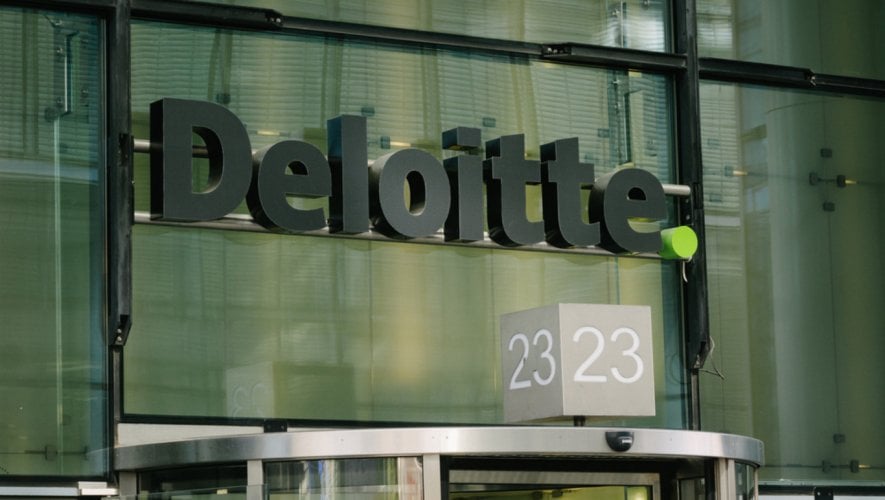And that’s not a compliment.
The Australian Financial Review reports:
Deloitte has attacked the way the corporate regulator assesses audit quality as inaccurate, “not fit for purpose” and too volatile, after revealing its latest inspection findings were the poorest of the big four consulting firms.
The Australian Securities and Investments Commission found that in 14 of 44 key audit areas, or 32 per cent, Deloitte’s auditors had not done enough work to ensure the related information was free from error.
This result, from a small risk-targeted sample of public company audit files, was a worse result than EY (22 per cent), KPMG (21 per cent) and PwC (12 per cent) for big four audits covering the 18 months to June 2018.

Jamie Gatt, Deloitte Australia’s managing partner of audit and assurance, said the firm didn’t agree with some of the ASIC’s assessments but he did not disclose the details of the disputed findings, according to AFR. He added: “We are on record in saying that we do not believe individual inspection reports provide an accurate picture.”
Imagine KPMG U.S. saying something like that the next time it gets a 50% audit deficiency rate in a PCAOB inspection report. But instead of whining about its bad inspection results like Deloitte Australia, KPMG always takes its lashings from the PCAOB with a smile and swears it’ll do better next time.
For example, in their response to KPMG’s horrible 2017 PCAOB inspection report, Chairman and CEO Lynne Doughtie and Audit Vice Chair Frank Casal said in a letter to the regulator:
We take the findings from the PCAOB inspection process seriously and believe the inspection process provides valuable insights to improve the quality of our audits. We are committed to full cooperation with the PCAOB, appreciate the professionalism and commitment of the PCAOB staff, and value the important role the PCAOB plays in improving audit quality.
On the other hand, Gatt railed against the ASIC, saying it needs to put more resources into the inspection process and hire more skilled staff.
“For too long, ASIC has been in need of increased resources to enhance its inspection methodology and approach and to attract greater quantum and more skilled inspection resources,” he said.
My advice to Gatt is this: RELAX. There’s always peaks and valleys in audit regulator inspection reports. Look at your firm, for instance. According to AFR, Deloitte had the second-lowest audit deficiency rate (16%) behind PwC (12%) for the 18 months before December 2016. And during that same period, KPMG in Australia had the worst deficiency rate (36%) of the Big 4, but during the 18 months to June 2018, KPMG had the second-lowest amount of errors (21%) behind PwC (12%).
Same thing in the U.S. Among inspection reports the PCAOB issued in 2011, Deloitte had the highest audit deficiency rate among the Big 4 (42%) and, believe it or not, KPMG had the lowest (23%). Now jump ahead to 2017 inspection reports released by the PCAOB, and the two firms have flipped: Deloitte had the lowest (20%) and KPMG the highest (50%). We’re still waiting for EY’s 2017 inspection report to be released.
So don’t worry, Jamie. I’m sure Deloitte will do better next time. Maybe.


 Recently we came across a version of
Recently we came across a version of